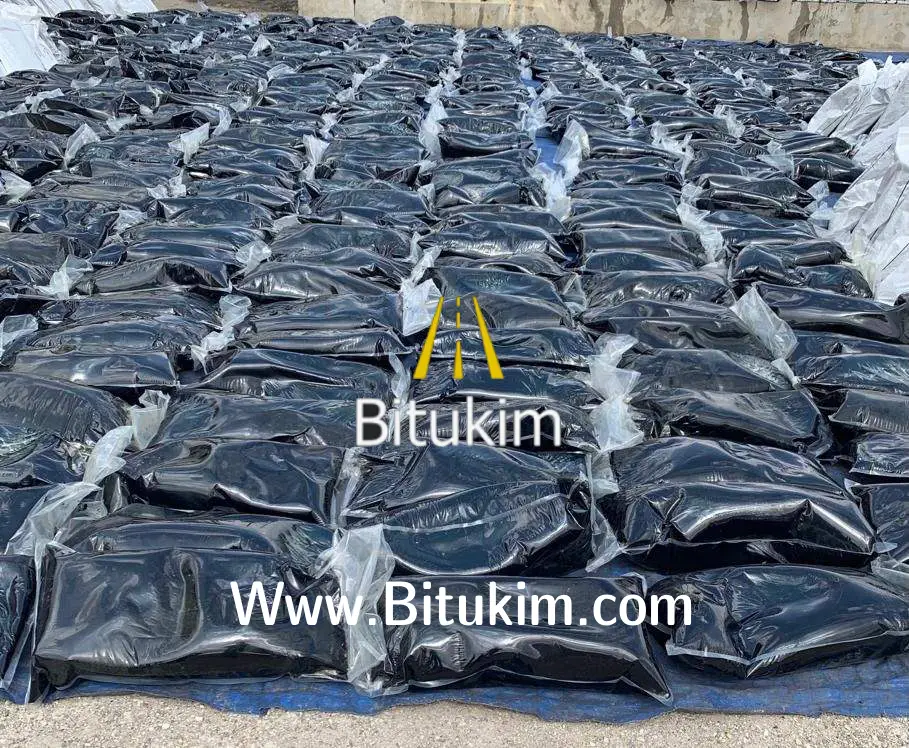Oxidized Bitumen 115/15 Safety Data

When working with oxidized bitumen 115/15, it’s essential to follow safety guidelines to ensure safe handling and use. Here are key points typically found in safety data:
1. Hazard Identification
- Physical State: Solid or semi-solid at room temperature.
- Potential Hazards: May cause skin irritation or allergic reactions. Fumes can be harmful if inhaled.
2. Handling and Storage
- Personal Protective Equipment (PPE): Use gloves, goggles, and protective clothing to prevent skin contact.
- Ventilation: Ensure adequate ventilation in work areas to minimize inhalation of fumes.
- Storage Conditions: Store in a cool, dry place away from direct sunlight and incompatible materials.
3. Exposure Controls
- Occupational Exposure Limits: Follow local regulations regarding permissible exposure limits (PEL) for bitumen fumes.
- Engineering Controls: Use local exhaust ventilation to control fume concentrations.
4. First Aid Measures
- Inhalation: Move to fresh air. Seek medical attention if symptoms persist.
- Skin Contact: Wash with soap and water. Remove contaminated clothing. Seek medical attention if irritation occurs.
- Eye Contact: Rinse immediately with plenty of water for at least 15 minutes. Seek medical attention.
5. Fire Fighting Measures
- Flash Point: Typically above 200°C (392°F).
- Extinguishing Media: Use foam, dry chemical, or carbon dioxide.
- Fire Hazards: Emits smoke and fumes when burned. Use protective equipment during firefighting.
6. Environmental Precautions
- Prevent spills from entering drains or watercourses. Dispose of waste in accordance with local regulations.
7. Disposal Considerations
- Follow local regulations for disposal. Avoid releasing into the environment.
8. Regulatory Information
- Comply with local, regional, and national regulations regarding hazardous materials.

